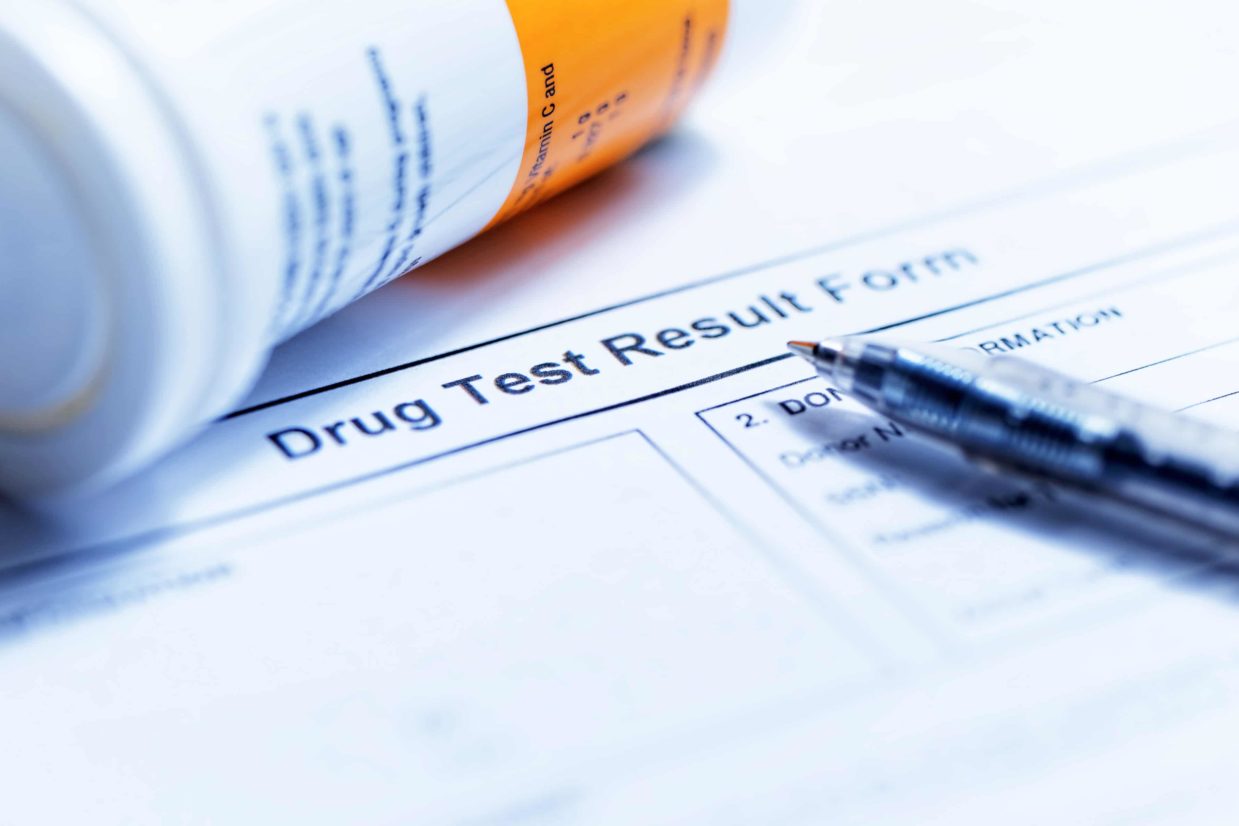Most of us in the medical cannabis industry are firm believers in education. The more medical cannabis patients know about their medicines and how they work, the more able they are to make informed decisions. With that in mind, how much do you know about the endocannabinoid system (ECS)?
You do not have to know anything about the ECS to know that your medicines do what you expect them to do. But learning about this vital human system should help you better understand why your medicines work. And when you understand why, you can incorporate medical cannabis with other strategies that help you feel better and live your best life possible.
A Full-Body System
Some of the systems in the human body are more local or regional. Take the digestive system. It is fully contained within the abdomen. The respiratory system is contained within the upper chest and lower head. But the endocannabinoid system is a full-body system. It is not limited to one particular region. In fact, the ECS is found at the cellular level. It runs throughout your entire body.
Its main function is something known as homeostasis. ‘Homeostasis’ is a fancy word to describe balance. By maintaining homeostasis, the ECS also helps to maintain chemical and physiological balance at the cellular level. The simplest way to understand it is to know that the ECS keeps everything in the body harmonized and balanced.
That being the case, the endocannabinoid system’s influence touches nearly every other bodily function you can think of. It helps to regulate pain perception, appetite, memory, and even cellular reproduction. There are very few physiological functions that are not influenced by the ECS.
Cannabis and the ECS
By now you are probably wondering what any of this has to do with medical cannabis. It turns out that the active compounds in medical cannabis, primarily THC and CBD, interact with the ECS by binding to chemical receptors found throughout the body. The two receptors we are most concerned about for the purposes of this post are the CB1 and CB2 receptors.
When cannabinoids like THC and CBD bind to these receptors, they influence how the endocannabinoid system behaves. ECS responses influence how you feel. For example, one of the responses induced by THC binding to cannabinoid receptors produces the intoxicating effects that you experience.
The various cannabinoid receptors in the body communicate with the brain. They help the brain understand what is going on in the body. One of the main goals of medical cannabis therapy is to influence those communications in a positive way.
The Future Looks Bright
Right now, medical cannabis is used mainly to treat chronic pain, cancer pain and cancer treatment side effects, PTSD, and seizure disorders. But researchers are diligently studying how the ECS is impacted by different cannabinoids. The more they learn, the more promise we see in medical cannabis as a treatment for a whole host of diseases and maladies.
One of the most exciting areas of research right now is cancer. Some scientists theorize that medical cannabis could do more than just relieve the symptoms of the disease and its treatment. Due to THC’s ability to influence the ECS, researchers believe it is possible that it might also restore homeostasis in cancer patients, thus leading to the natural death of cancer cells.
It’s very possible that researchers will one day come up with a cannabis-based medicine that cures cancer. Until then, eligible patients in Utah can use medical cannabis to treat a number of qualifying conditions. It is all thanks to the endocannabinoid system and how it responds to cannabinoids.




